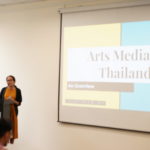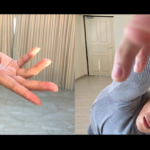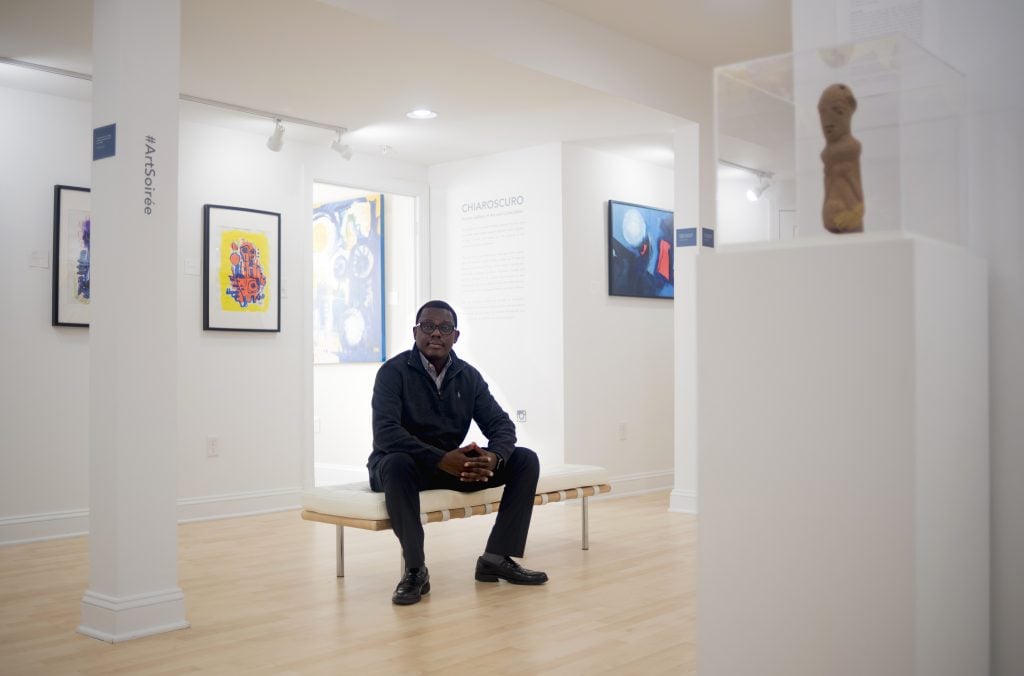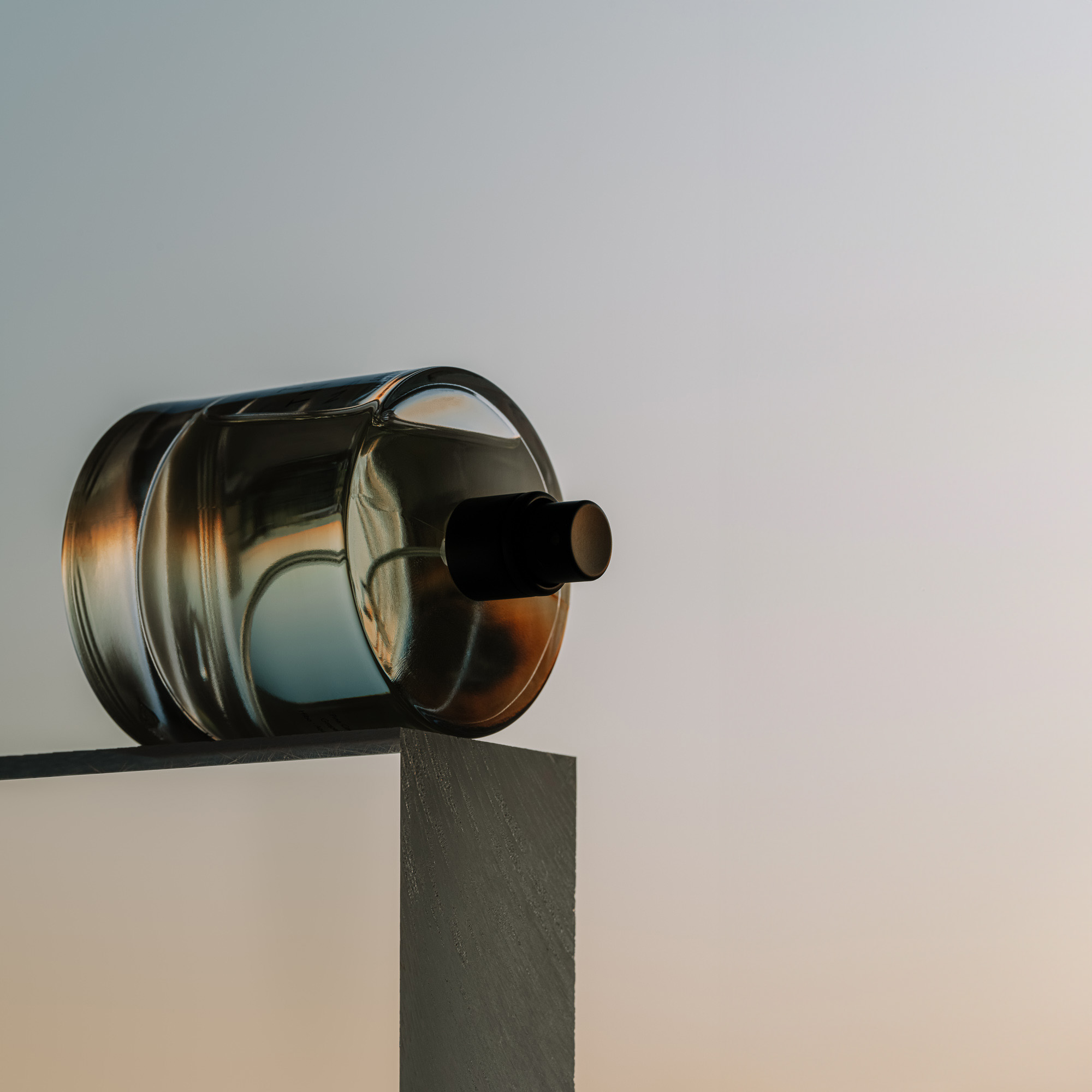Adição por subtração - 4
2010 - Installation (Installation)
59.06H x 118.11W x 7.87D inches
Marcelo Cidade
Adição por subtração 4 (Addition by Subtraction, 2010) is an intervention into the white cube with both beautiful and intimidating results. The installation is a large rectangular frame created out of shards of clear and colored glass that protrude from the wall. The use of glass fragments is reminiscent of Robert Smithson’s sculpture Map of Glass (Atlantis) (1969), yet the concerns here are very different. The work delineates an interior space and draws the viewer’s attention through the use of aggressive materials, yet there is empty space where we would expect an artwork to be. What is added is ultimately subtracted, since both the “artwork” and the void of the gallery space remain equal.
Marcelo Cidade is an artist of situations, if not a Situationist of a new age, as he drifts through city streets around the world creating actions, interventions, films, photographs or drawings. His interests lie in the possibilities of public space and its connection with the private sphere, he resists forms of constraint and moves freely within the human community and through urban environments. Questioning systems and working in the peripheries or interstices allows Cidade poetic freedom in his artistic practice and open engagement with language, art history and politics. In 2005, he wrote “To resist = to (re) exist” 2000 times in downtown São Paulo.
Colors:
Related works sharing similar palette

© » KADIST
David G. Tretiakoff
2016Immolation I is taken from the four-part Immolation series which shows four Arab revolutionaries who publicly sacrificed themselves through self-immolation and in so doing heralded the beginning of the Arab Spring...

© » ARTS EQUATOR
Podcast 61: The Media Landscape in Thailand | ArtsEquator Thinking and Talking about Arts and Culture in Southeast Asia Articles Asian Arts Media Roundtable July 11, 2019 Duration: 20 min In our latest podcast, Thai theatre critic Amitha Amranand gives a comprehensive overview of the media landscape in Thailand, discussing the impact of the political and legal system on the arts and the paradoxical freedom that arts journalists have in the country...

© » LENS CULTURE
Cultural Changes at the Coldest Place on Earth — A Photo Story from Yakutsk - Photographs by Alex Vasyliev | Essay by Marigold Warner | LensCulture Feature Cultural Changes at the Coldest Place on Earth — A Photo Story from Yakutsk Photographer Alexey Vasyliev offers an intimate look into the life and changing culture of the Evens, an indigenous tribe in his hometown of Yakutsk — one of the coldest places on Earth...

© » KADIST
Milena Bonilla
2009Milena Bonilla’s discursive practice explores connections among economics, territory, and politics through everyday interventions...

© » SLASH PARIS
Guy Leclercq — Épures et couleurs — Dutko / Quai Voltaire Gallery — Exhibition — Slash Paris Login Newsletter Twitter Facebook Guy Leclercq — Épures et couleurs — Dutko / Quai Voltaire Gallery — Exhibition — Slash Paris English Français Home Events Artists Venues Magazine Videos Back Guy Leclercq — Épures et couleurs Exhibition Painting View of the artist’s studio Guy Leclercq Épures et couleurs Ends in 27 days: December 7, 2023 → January 13, 2024 Dutko Gallery is pleased to present from December 7th until January 13th a selection of the most recent works by Belgian artist Guy Leclercq...

© » KADIST
Laura Gannon
2017The impressionistic surface of Wild Money (2017) recalls the 1950s paintings of Philip Guston...

© » KADIST
Andrea Bowers
2010The small drawings that comprise Study from May Day March, Los Angeles 2010 (Immigration Reform Now) and We Are Immigrants Not Terrorists are based on photographs taken at a political rally in downtown Los Angeles in which thousands of individuals demonstrated for immigrants’ rights...

© » KADIST
Fabiola Torres-Alzaga
2013Fabiola Torres-Alzaga plays with magic, illusion, and sleight-of-hand, fabricating installations, drawings, and films that toy with our perceptions...

© » KADIST
Zhang Kechun
2011Zhang Kechun’s photographic series The Yellow River documents the effects of modernization along the eponymous Yellow River, the second longest in Asia...

© » KADIST
Allen Ruppersberg
1970Untitled (City Limits) is a series of five black-and-white photographs of road signs, specifically the signs demarcating city limits of several small towns in California...

© » ARTS EQUATOR
Purⓔ《纯ⓔ》: How do we talk about Art Form X? | ArtsEquator Thinking and Talking about Arts and Culture in Southeast Asia ArtsEquator Viewpoints Courtesy of M1 CONTACT July 13, 2020 By Jocelyn Chng (1,800 words, 4-minute read) When I accepted the opportunity to write this piece on Purⓔ 《 纯 ⓔ》 , I did it feeling a bit like a shipwreck survivor re-approaching water for the first time...

© » KADIST
Michelle Handelman
2009In Dorian, a cinematic perfume, video is used as a community gatherer, a tool to speak about particular subcultures, in this case the trans-gender drag queen New York community, past and present...

© » KADIST
Daniel Boccato
2017Birdstones is a series of flat concrete slabs made from moldings of different shapes, each with two small holes...

© » KADIST
Power Forward Wednesday, January 24, 2018 Bar 6pm, Program 7pm Ezekiel Kweku & Ameer Lo ggins in conversation, moderated by Sarah Hotchkiss Editors Astria Suparak & Brett Kashmere in person To celebrate the launch of Sports , the newest issue of artist-run publication INCITE: Journal of Experimental Media , KADIST hosts an evening of athletics, politics, art, and dialogue...






